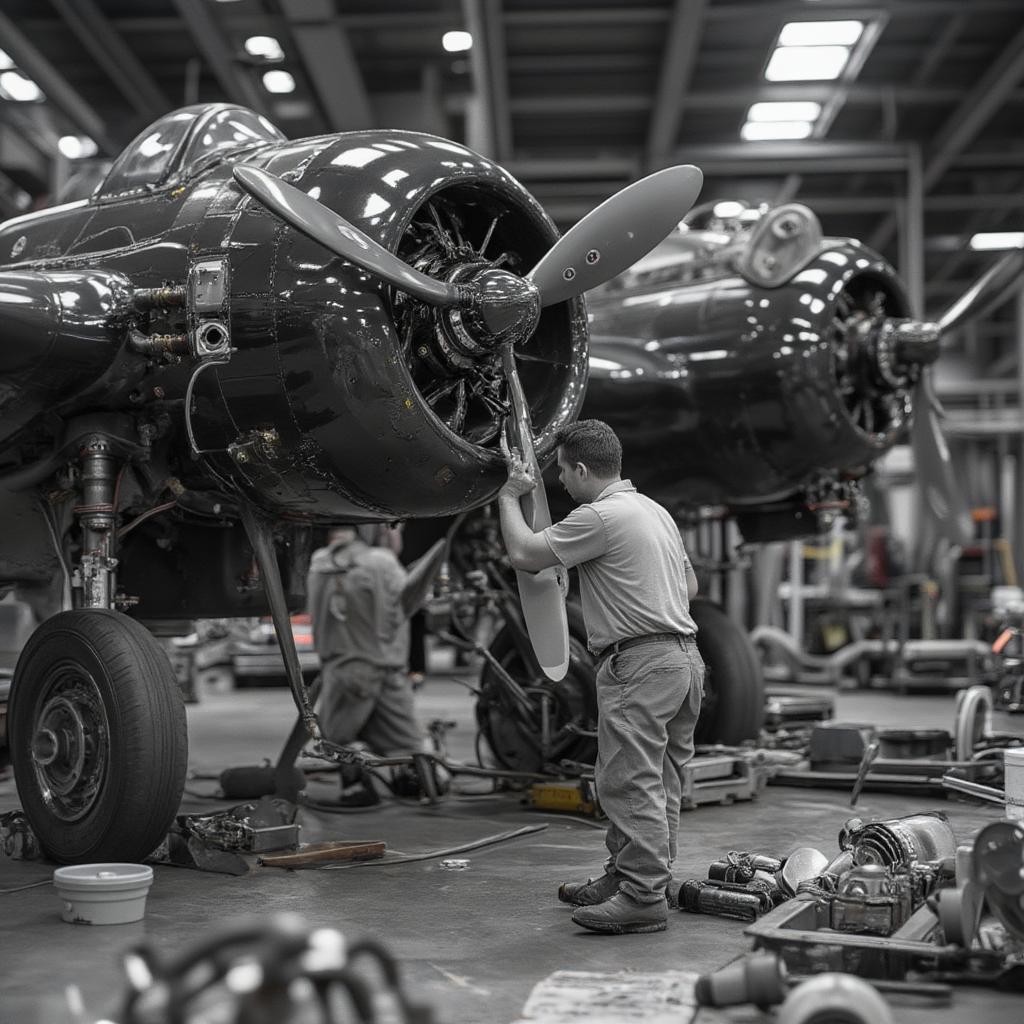Indigenous Fighter Jets of India: A Soaring Ambition

India’s pursuit of indigenous fighter jets is a critical component of its national security strategy and a testament to its growing technological prowess. This ambition is not merely about replacing aging fleets but about establishing self-reliance in a crucial defense sector and projecting power on the global stage. The development and deployment of these advanced aircraft signify a paradigm shift in India’s defense posture, marking a transition from a buyer to a builder of cutting-edge military technology.
The HAL Tejas: Spearheading India’s Indigenous Fighter Jet Program
The HAL Tejas, a light combat aircraft, stands as the flagship of India’s indigenous fighter jet program. Developed by Hindustan Aeronautics Limited (HAL), the Tejas is a multi-role fighter designed for air superiority and ground attack missions. This single-engine, delta-winged aircraft boasts a fly-by-wire flight control system, advanced avionics, and a capable weapons payload. The Tejas program has faced numerous challenges and delays, but it represents a significant step towards self-sufficiency in fighter jet development. Its induction into the Indian Air Force marks a milestone in the country’s quest for indigenous defense capabilities. The Tejas program not only provides a vital platform for defending Indian airspace but also serves as a valuable testbed for future advancements in aviation technology.
Tejas Mark 1A: Enhanced Capabilities and Operational Readiness
The upgraded Tejas Mark 1A variant incorporates significant improvements over its predecessor. These enhancements include an Active Electronically Scanned Array (AESA) radar, improved electronic warfare capabilities, and an air-to-air refueling capability. The Mark 1A significantly enhances the Tejas’ operational effectiveness and survivability in modern combat scenarios. With its advanced features and improved performance, the Tejas Mark 1A is poised to become a mainstay of the Indian Air Force.
The AMCA: India’s Next-Generation Stealth Fighter
The Advanced Medium Combat Aircraft (AMCA) represents India’s ambitious foray into fifth-generation fighter jet technology. Designed as a twin-engine, stealth fighter, the AMCA aims to incorporate cutting-edge features such as supercruise, advanced stealth technology, and internal weapons bays. The AMCA program underscores India’s commitment to developing indigenous fighter jets capable of competing with the most advanced aircraft in the world. This program is crucial for maintaining India’s strategic edge in a rapidly evolving geopolitical landscape.
AMCA: A Technological Leap for Indian Aerospace
The AMCA program will push the boundaries of Indian aerospace engineering and manufacturing. The development of this advanced fighter jet will require significant investments in research and development, as well as the establishment of new technological capabilities. However, the potential rewards are substantial, including enhanced national security, technological self-reliance, and economic benefits through job creation and export opportunities. The AMCA program represents a strategic investment in India’s future. It positions the country as a major player in the global aerospace industry.
Indigenous Fighter Jets of India: Geopolitical Implications
The development of indigenous fighter jets has significant geopolitical implications for India. It reduces reliance on foreign suppliers, strengthening India’s strategic autonomy. Furthermore, it enhances India’s ability to project power and influence in the region and beyond. The success of these programs will bolster India’s position as a leading power in the 21st century.
“India’s commitment to indigenous fighter jet development is a game-changer,” says Dr. Vivek Sharma, a leading defense analyst at the Institute for Strategic Studies, New Delhi. “It not only enhances their military capabilities but also signals a shift in the global balance of power.”

The Future of Indian Air Power
India’s indigenous fighter jet programs are a long-term investment in the country’s future air power. These programs are not without their challenges, but the progress made so far demonstrates India’s determination to become a major player in the global aerospace industry. The continued development and deployment of these aircraft will be crucial for ensuring India’s security and strategic interests in the coming decades. “The success of these programs will be a testament to India’s technological capabilities and its commitment to self-reliance,” adds Air Marshal (Retd.) Arjun Singh, former Chief of Air Staff, Indian Air Force.
Indigenous Fighter Jets: Bolstering National Security and Self-Reliance
Ultimately, the pursuit of indigenous fighter jets is about more than just building airplanes. It’s about building a nation capable of defending its interests and securing its future. These programs represent a significant step towards realizing India’s ambition of becoming a global leader in defense technology.
In conclusion, the development of Indigenous Fighter Jets Of India, like the HAL Tejas and the AMCA, signifies a crucial step towards self-reliance in defense and a powerful statement of India’s technological ambitions. These programs are vital for ensuring India’s security and projecting its influence on the global stage, solidifying its position as a major player in the 21st-century geopolitical landscape.
FAQ: Indigenous Fighter Jets of India
- What is the HAL Tejas? The HAL Tejas is a light combat aircraft and the flagship of India’s indigenous fighter jet program.
- What is the AMCA? The AMCA (Advanced Medium Combat Aircraft) is India’s next-generation stealth fighter, currently under development.
- Why are indigenous fighter jets important for India? They reduce reliance on foreign suppliers, enhance national security, and project power.
- What are the key features of the Tejas Mark 1A? Key features include an AESA radar, improved electronic warfare capabilities, and air-to-air refueling.
- What are the expected capabilities of the AMCA? The AMCA is expected to have stealth technology, supercruise capabilities, and internal weapons bays.
- Who is developing the Tejas and the AMCA? Hindustan Aeronautics Limited (HAL) is developing both aircraft.
- What are the geopolitical implications of these programs? They enhance India’s strategic autonomy and regional influence.
- When is the AMCA expected to enter service? The AMCA is projected to enter service in the 2030s.
- How do these programs contribute to India’s economy? They create jobs, stimulate technological innovation, and potentially generate export revenue.




